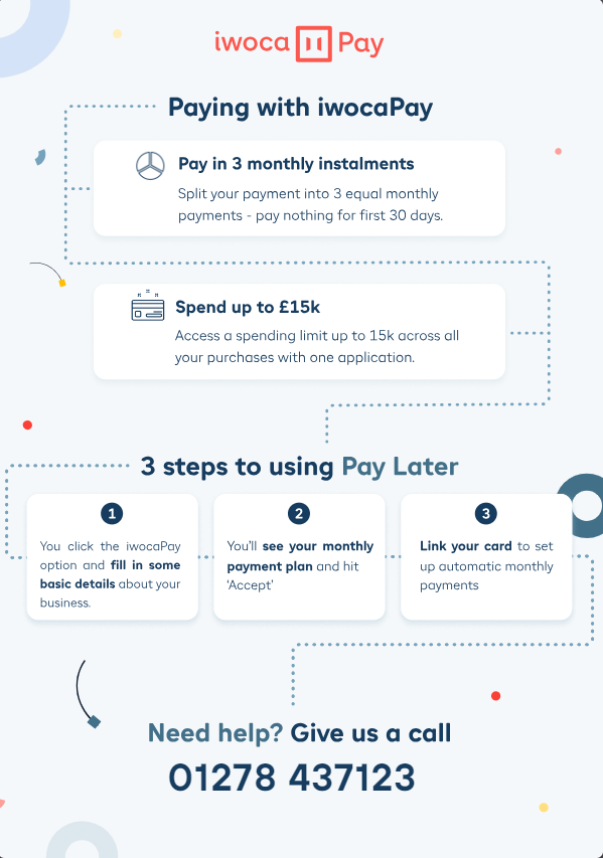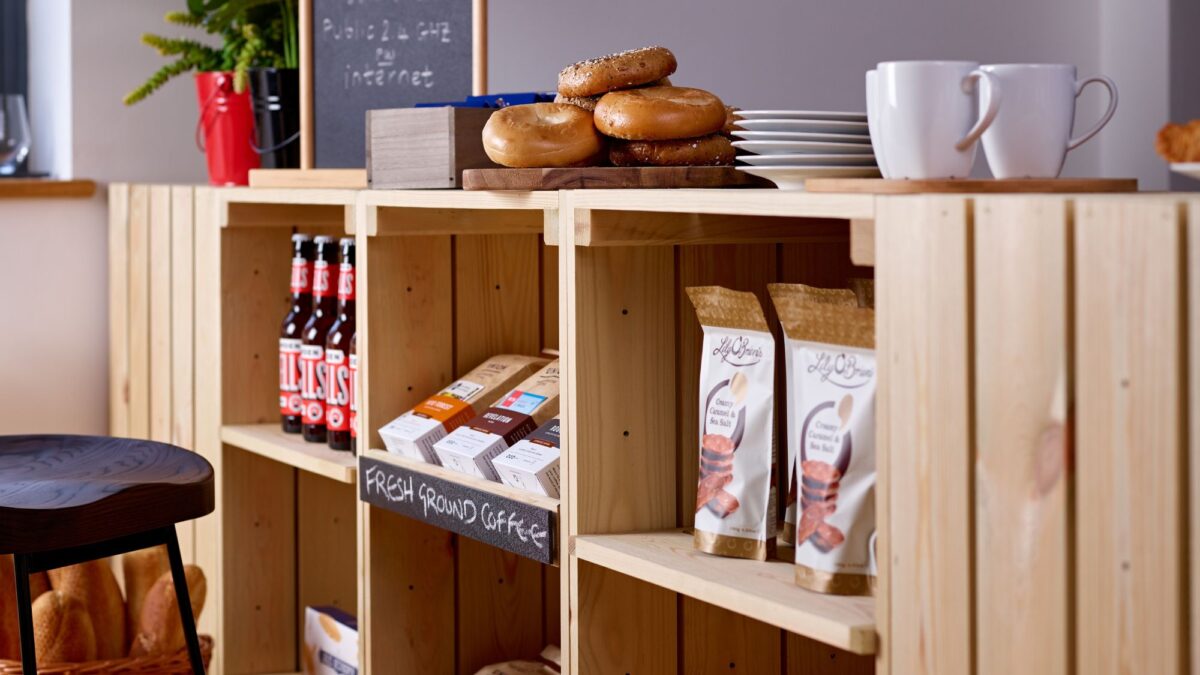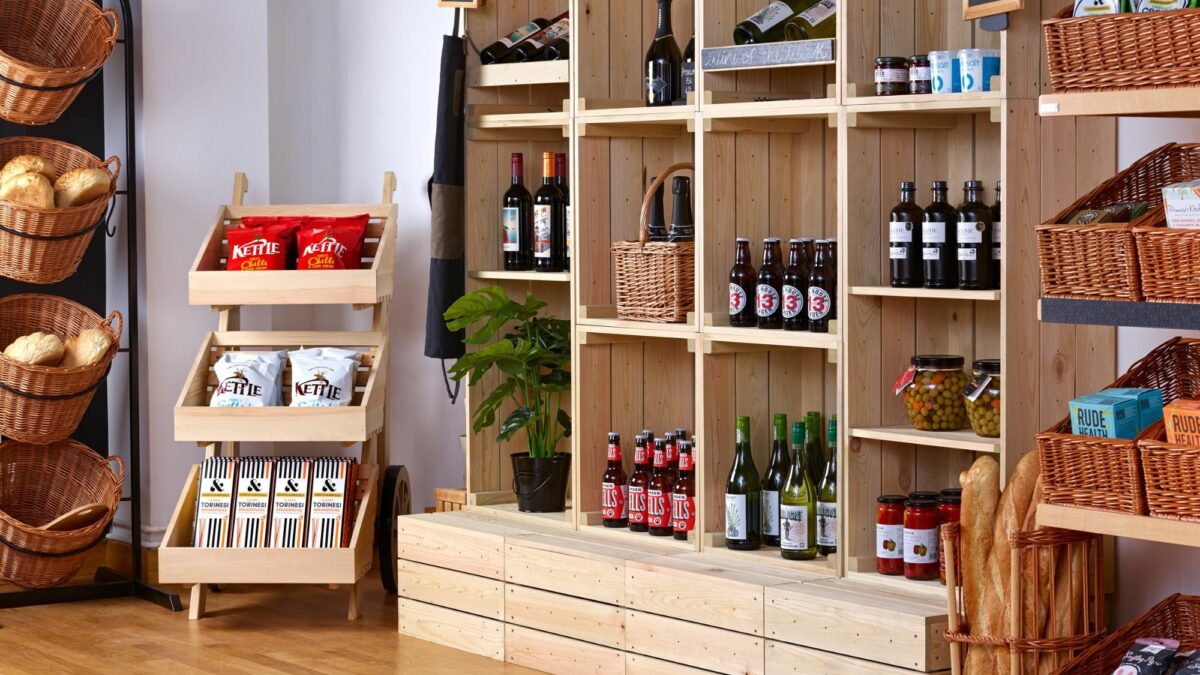An Introduction To Consumer Psychology
Ever wondered why some of your products fly off the shelves while others sit unsold? Have you ever questioned why your store layout is so important and how signage can influence your customers' buying choices?
In this next article, we'll help you to understand consumers and their decision process and how to use this to inform your retail displays and store layout to increase sales and influence customers.
Why consumer psychology matters
So, let's start with the basics. Consumer psychology studies how customer thoughts, beliefs, feelings and attitudes influence how they shop and relate to products. It sounds complicated, but it comes down to the fact that we all have the same subconscious triggers that prompt us to take certain actions.
Retailing is no longer just about making sales, it's about making shoppers happy. Customer experience is a term you have probably heard a lot lately with a great deal of a shop's success weighted on creating an enjoyable and engaging shopping experience for customers. A positive customer experience builds brand loyalty and will help your business welcome both new and returning customers.
Within the context of customer experience, consumer psychology plays a major role. Remember the last time you went shopping? How did you feel? How did this influence what you bought? Who did you tell about your experience? I'm guessing that if the store was disorganised, the shelves were messy and the signage was confusing or misleading you left before getting to the till or rushed through, grabbing only the essentials.
As a retailer, you can influence all these factors by tapping into customer behaviour and appealing to their subconscious. There are many ways you can utilise psychology to engage customers during their purchase journey to give them a pleasant and memorable shopping experience to initiate more sales and turn them into a repeat customer.
Tell a story
Storytelling will help you meet the demand of those customers who want to understand your brand values and what your business stands for. Brand and product transparency has a huge effect on a customer's purchasing decision with shoppers more aware than ever of the environmental and ethical impact of products. This makes storytelling essential for stores to maximise customer engagement, brand loyalty and sales goals.
You can trigger emotions with imaginative retail displays that tell the story behind your products, where they are sourced, how they are made, ways the product will benefit them, and what their life will look like after they've purchased it. Our local farm shop engages customers by talking about their locally sourced products, how to cook them and what they best go with.
If you read our earlier article How to Display Fresh Produce Effectively, you'll already know the benefits of using natural materials such as wicker and wood to promote desirable product attributes such as quality, health and well-being and to increase customers interest in your product.
Within your store, consider how retail display accessories such as wooden display stands, industrial shelving, wicker baskets, wooden crates and point of sale can be used to enhance the presentation of information and products to create a visually inviting display that represents your core brand values.
There are many ways to create an emotional connection with customers that don't have to involve storytelling traditionally. The overall decor and atmosphere tell a story and influence the perception of your brand and product. Store owners who take the time to align their in-store experience with the expectations of their customers are much more likely to turn passive browsers into active buyers.
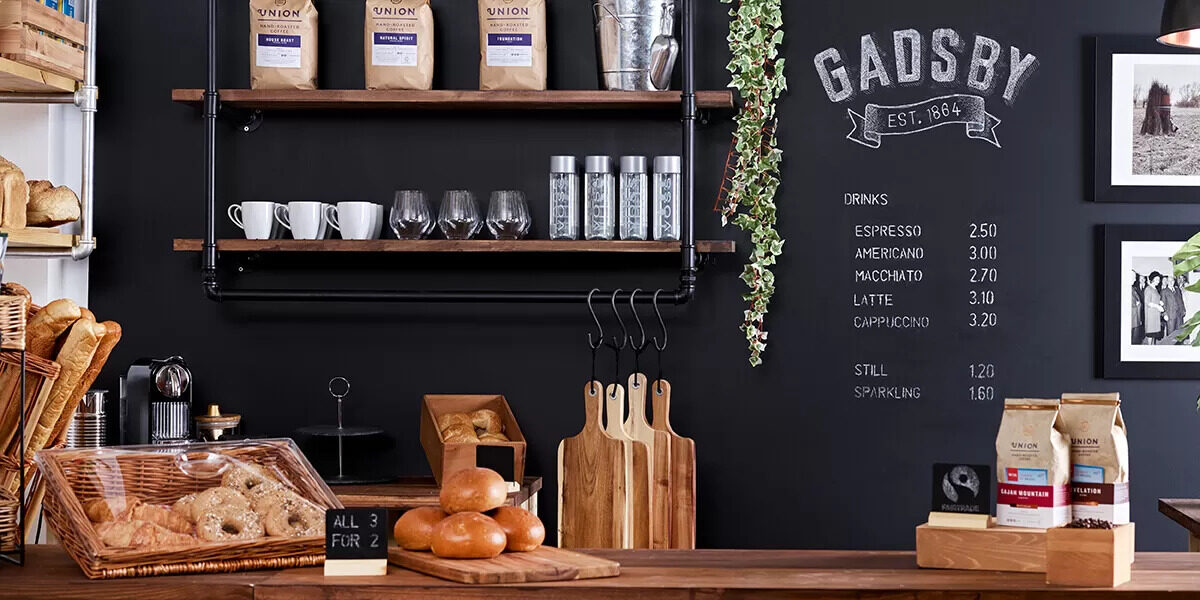
Store layout
Every retailer needs to know how their store layout can influence buying behaviour. The flow of a store's layout will determine success. Let's take a look at a few ways your store layout can achieve the kind of shopping behaviour that will help you achieve your objectives.
There are both positive as well negative aspects to the amount of effort it takes a consumer to find the product they came in looking for. A challenging in-store navigation, in some cases, might be enjoyable for shoppers, especially those who like to browse and discover what's new. But, for others it can become frustrating if they can't find what they are looking for, resulting in them leaving empty-handed. The key is to strike a balance between the two by creating an intuitive store layout using the correct retail display stands and strategically placed point of sale and signage.
Tiered display stands are a key component of a retail store layout as they raise the shop floor, making products more accessible and bringing them into the customer's eye-line. Similarly, tiered countertop display positioned at till points, table tops and serving counters, improve product visibility and, in particular, increase unplanned purchases.
Visual merchandising
Choose your product placement carefully. Visual merchandising is a powerful tool for retailers to subtly steer customers towards those products you want to push and to increase basket value. For instance, the human eye is naturally drawn to the middle of a display at a natural eye level, so it's a good idea to position products with higher margins on the middle shelf of a tiered display stand. Shoppers should be shown the product that is going to generate the most profit, be it a luxury food hamper or a premium bottle of wine. There's a reason that supermarkets put offers on the ends of aisles!
Many of us are guilty of shopping on autopilot, especially during a routine food shop. Lightweight and easy-to-move floor display stands and modular wooden crate displays will enable you to move displays around the sales floor when new products come in or when your current store layout isn't working effectively. You don't want to completely remerchandise all your shelves as it's counter-productive and will irritate regular customers, however new eye-catching displays strategically positioned on your shop floor can wake up customers to new products and offers.
Your visual merchandising strategy should include highlighting products that customers will buy on impulse rather than products they already have on their list. Retailers have found that shoppers respond best to retail displays of items they desire rather than those that are a necessity. Start with the front of your store, end of the aisle and till points and put your newest, seasonal and luxury products on show.
When thinking about your next display refresh you should consider other ways to engage with customers, focusing on just visual appeal alone can limit your opportunities. For example, you might want to try adding interactive elements into your store such as Zero Waste Gravity Bins or Scoop Bins that require customer participation.
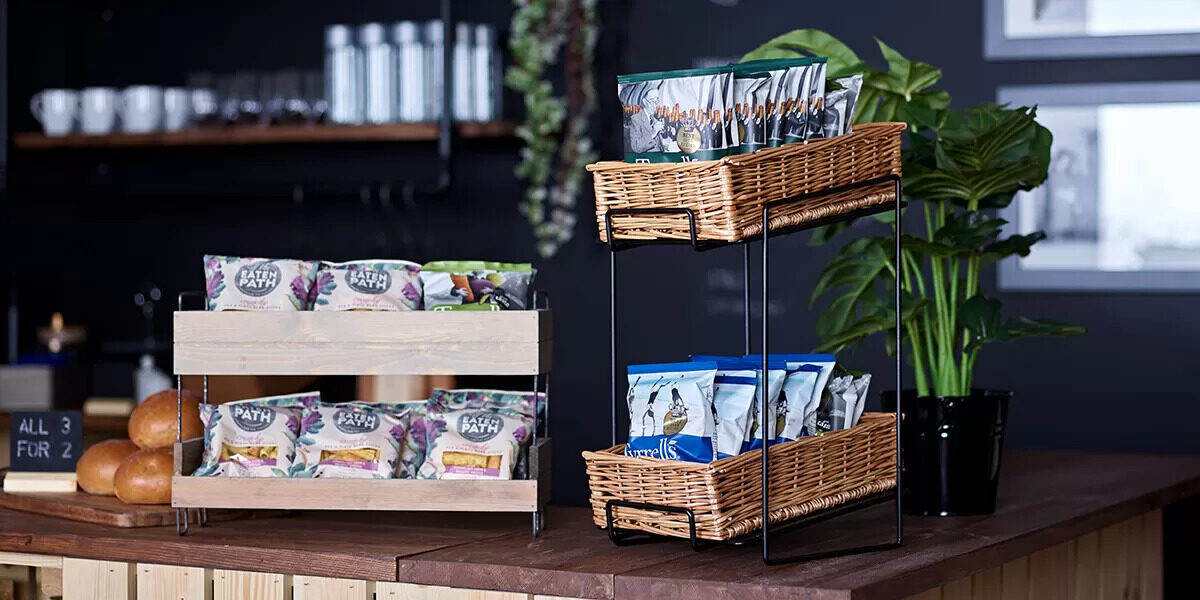
Pricing
In retail, we all share the same goal, which is to ultimately make a profit. Certain pricing strategies have a bigger psychological impact on shoppers than others and they in turn will affect your profit. Below are five you can adopt to make more money with little effort:
- Fear of missing out - Shoppers don't like to miss
out so end-of-season sales, short-term promotions and limited-edition
products are regarded as more desirable.
- Penny power - Prices such as £9.99,
psychologically have the customer thinking that a product is much
cheaper than £10. Studies suggest this is because we read left to right
therefore the first number resonates with customers the most.
- Product bundles - Grouping and presenting products
together in a hamper is an easy way to cross-sell and up-sell products
and increase basket spend. Our Hampers E-Learning Hub is full of useful guides and tips to help you maximise your hamper sales.
- Value of convenience - Today's time-poor shoppers are often happy to pay more in exchange for convenience. Gift Hampers
are easy to create and will appeal to those customers who are looking
for an impressive 'grab and go' gift for friends and family.
- Comparative pricing - To most of us, a product with a more expensive price tag is higher quality. When offered two similar products next to each other on a display stand many of us will choose the slightly more expensive product because we think we're getting a better item.
If you'd like some more in-depth insights on pricing strategies then read our article Why Effective Price Points Are Key to High Sales on our Hamper E-Learning Hub.
